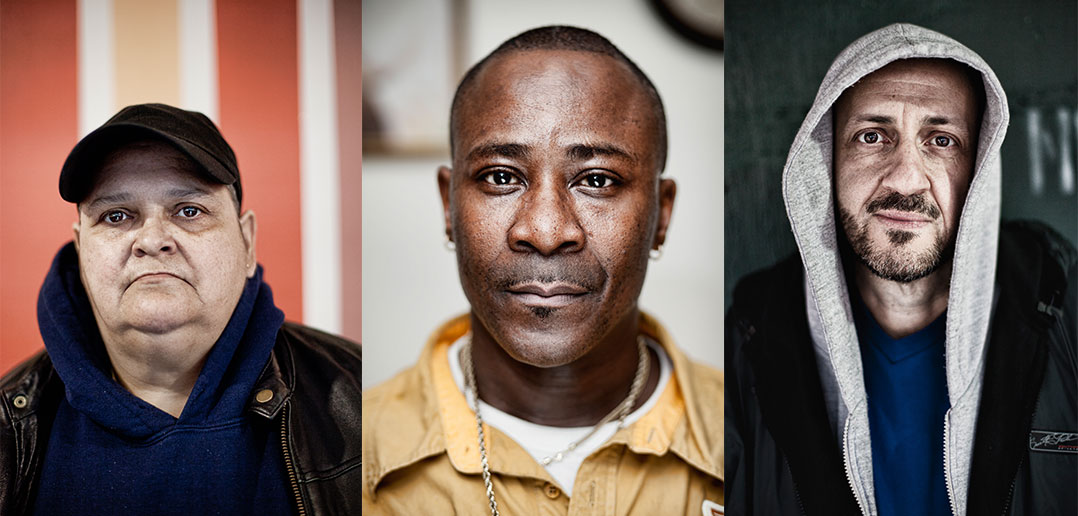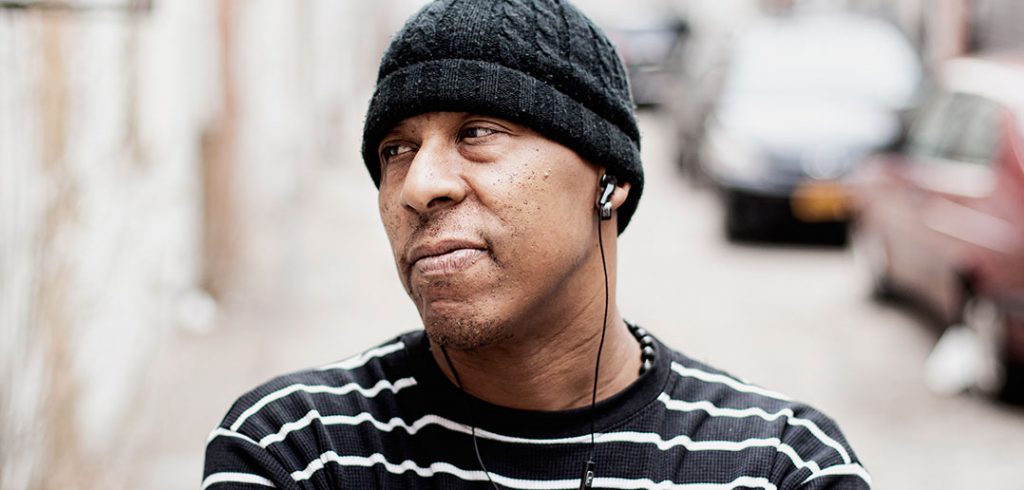The United States currently has the highest rate of incarceration in the world, and a considerable segment of the estimated 2.3 million people in prison is over the age of 50.

Tina Maschi, PhD, associate professor at the Graduate School of Social Service, studies both aging and criminal justice, and she found that a subsection of this graying prison population has long been overlooked: lesbian, gay, bisexual, and transgender elders.
To better understand the distinct experiences and needs of this population, Maschi conducted a qualitative study that allowed formerly incarcerated LGBT elders to tell their own stories. Through focus groups and one-on-one interviews with 10 volunteer participants, both male and female, Maschi gathered data from the narratives they told about their lives before, during, and after prison.
What she learned is that violence, often sexual violence, is a tragic fact of life for LGBT inmates, and that many times it is witnessed, overlooked, or perpetuated by both inmates and correctional officers.
“A lot of times, they couldn’t walk from place to place because of the fear of getting attacked, even going from their cell to an education class, or to go to the shower. So they are always on high alert,” Maschi said.

She also reported that sometimes LGBT inmates are put in solitary confinement, not due to their own behavior but for their own safety.
Troubles often continue for LGBT people returning to their communities after prison. Many face service providers who are not sensitive to their unique needs as well as difficulties finding housing where they feel safe revealing their sexual orientation.
Maschi found that a core theme of the participants’ stories was “self and the social mirror.” That is, the participants often managed multiple stigmatized identities, such as being LGBT, elderly, a racial or ethnic minority, being HIV positive, or having a mental illness or substance dependency.
At the same time, however, Maschi saw resilience in the participants that enabled them to continue a coming out process of “learning to accept themselves despite the fact that other people did not.”
“Despite everything that could knock them down, they stood tall and strong and sensitive,” she said.
For Maschi, factors that played a role in this self-acceptance were being accountable for the crimes they had committed, helping others, and finding social support.
Her study also drew upon the participants’ own recommendations for helping LGBT people in the criminal justice system. From these, Maschi concluded that a holistic approach was needed in providing vocational, educational, and clinical services to formerly incarcerated LGBT elders.
“We’re more than the sum of our parts,” she said.
Though an individual may be LGBT, elderly, a racial or ethnic minority, HIV positive, formerly incarcerated, “it’s just a piece of who they are,” she said.
“I think the common denominator is that we’re all human and we all deserve love.”
Maschi’s article on her study findings, “‘Coming Out’ of Prison: An Exploratory Study of LGBT Elders in the Criminal Justice System,” was published in May in the Journal of Homosexuality.
—Nina Heidig

